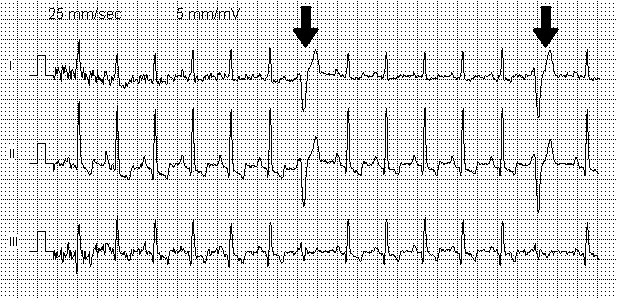Ventricular Tachyarrhythmias in 106 Cats: Associated Structural Cardiac Disorders
Article first published online: 8 OCT 2008
DOI: 10.1111/j.1939-1676.2008.0207.x
Copyright © 2008 by the American College of Veterinary Internal Medicine
Issue

Journal of Veterinary Internal Medicine
Additional Information(Show All)
Background: Ventricular tachyarrhythmias occur in association with cardiac and extracardiac disorders in many species of animals, but information identifying concurrent disorders in cats with such arrhythmias is scarce.
Methods: We investigated coexisting diseases by retrospectively evaluating medical records of cats with ventricular tachyarrhythmias seen during a 51-month period at 1 institution. For comparative purposes, we evaluated records of dogs with similar arrhythmias during the same time period. All cats and dogs had premature ventricular complexes, accelerated idioventricular rhythm, ventricular tachycardia, or some combination of these arrhythmias, and all had undergone echocardiography during the same visit that led to the diagnosis of ventricular tachyarrhythmia.
Results and Conclusions: Most (102/106; 96%) cats had at least 1 echocardiographically apparent abnormality concurrent with ventricular tachyarrhythmias. Ventricular tachyarrhythmias in cats were most commonly associated with myocardial disease (eg, left ventricular concentric hypertrophy [n = 66], restrictive or unclassified cardiomyopathy [n = 17], and dilated cardiomyopathy [n = 6]). When comparing dogs and cats that had ventricular tachyarrhythmias and were diagnosed on the same clinical service of the same institution, an echocardiographically apparent cardiac lesion was seen more often in cats (102/106, 96%) than in dogs (95/138, 69%) (P < .001).


No comments:
Post a Comment